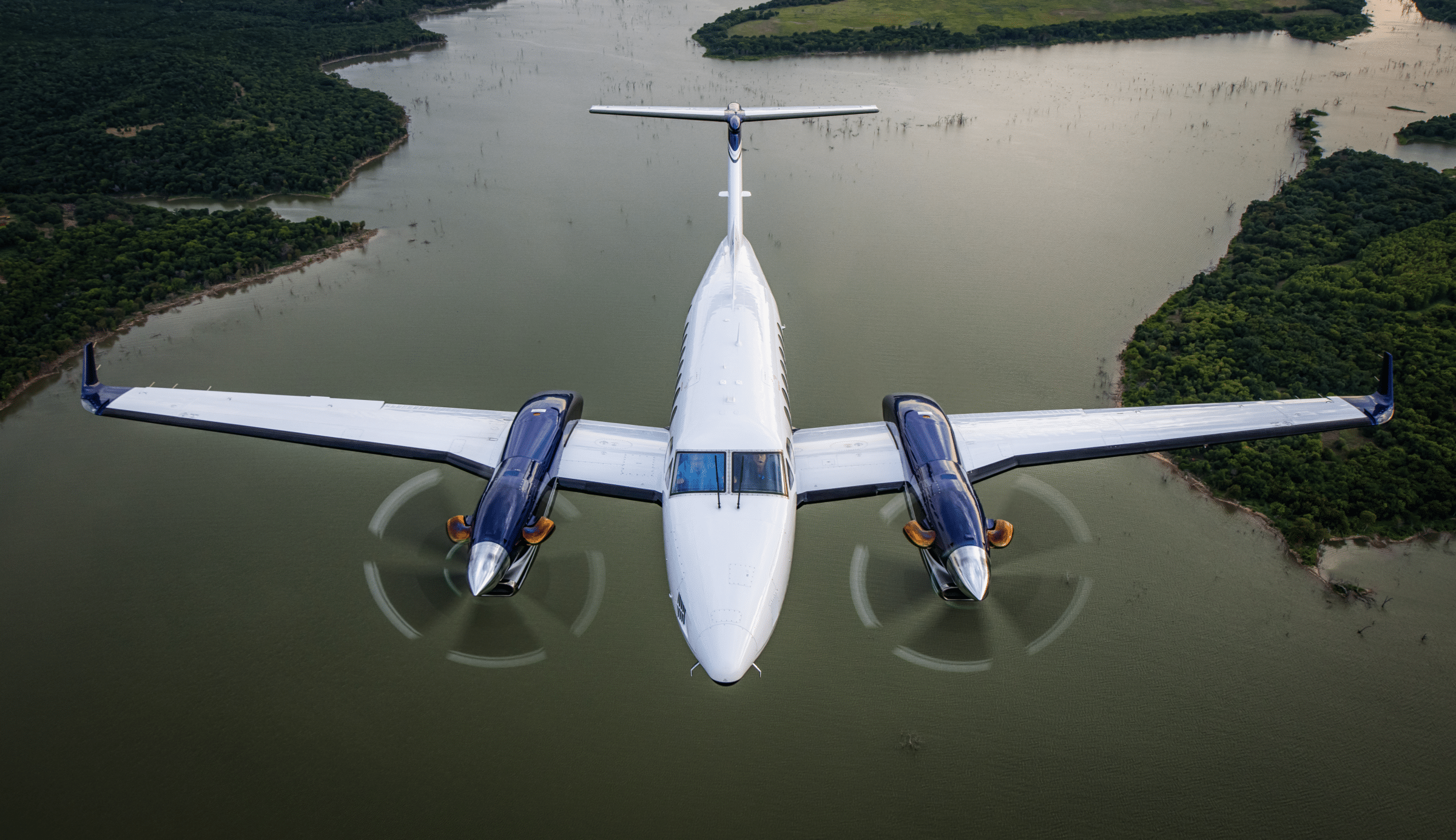
Blackhawk Aerospace said it reached a total of 1,000 XP Engine+ upgrades sold since the company’s beginnings in 1999.
Waco, Texas-based Blackhawk said its upgrades are designed to “increase the performance, speed, usability and reliability of high-performance turboprop aircraft for a lower cost than buying new.”
The upgrades have been delivered for Caravan, Cheyenne, Conquest and King Air aircraft, all featuring factory-new Pratt & Whitney Canada-made engines with extended time between overhauls (TBO).
“Reaching the 1,000th Engine+ Upgrade customer is something we never could have dreamed of back at our start in 1999,” Blackhawk CEO Jim Allmon said. “I continue to be blown away by our incredible team, our loyal customers and our dedicated industry partners, all of whom Blackhawk could not exist without. One-thousand upgraded aircraft is a monumental accomplishment, but still only the beginning.”
Blackhawk has changed dramatically the past two years, moving from one company to four. It now operates divisions focusing on engine and propeller upgrades, technologies for avionics upgrades and aircraft maintenance, composites, and solutions, including military and special-mission use. “It’s a four-punch knockout,” says Bob Kromer, Blackhawk senior vice president of business development.
The company offers the opportunity to remove “worn out and exhausted” engines on King Airs and replace them with Pratt & Whitney PT6A engines with more horsepower to increase aircraft performance.
The upgrades are a benefit for the military, which has a number of older King Air B200s in storage with “exhausted” engines and propellers. Replacing the engines, propellers and avionics keeps them flying, Kromer says. The company expects to receive a supplemental type certificate in the first quarter of 2022.
Blackhawk has performed a deep market assessment to select the next project, the Pilatus PC-12, replacing their original engines with the PT6A engine and adding new propellers—most likely a Hartzell propeller—and Garmin’s digital information systems, he says.
The timing is right, Kromer says. The PC-12 market is starting to age, with many approaching their first or second required overhauls. More than 600 legacy PC-12s are in service.
PC-12 operators love their aircraft up to 18,000 ft., he says. But they want higher performance at higher altitudes.
The company has had a good year, Kromer says, its best in the last three or four years. “It’s a good time to be in general aviation,” he says.
—With Molly McMillin at NBAA-BACE
